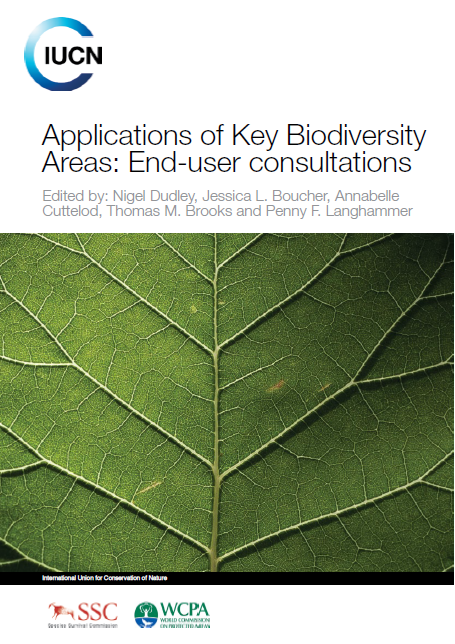A. Plumptre, KBA
How KBAs are used
By providing the precise location of places that contribute significantly to the global persistence of biodiversity, KBAs can accelerate efforts to reverse the loss of nature, by ensuring conservation efforts are focussed in the places that matter most, and by enabling entities that may have negative impacts on nature to avoid or reduce those impacts in the places they would be most damaging.
KBAs are useful for the implementation of the Kunming-Montréal Global Biodiversity Framework and can be used by governments in guiding expansion of protected and conserved areas (Target 3) and in spatial and conservation planning (Target 1) to minimise biodiversity loss and negative impacts. The KBA dataset enables site based protection efforts - such as new protected areas - to be focussed on the most important places for nature. It can be used by the financial sector to ensure financial flows avoid nature's most sensitive places. It can be used by the corporate sector to ensure their impacts on biodiversity are avoided or reduced to the greatest extent possible. It can be used by donors and NGOs to ensure conservation effort is focussed where it will have greatest impact for nature.
Many entities are already using the KBA data - some on a daily basis - to influence their decisions. And this use is expanding rapidly.
The KBA data are also useful for international environmental conventions, and is an indicator for several of the Sustainable Development Goals.
Many KBAs would benefit from being designated as formal protected areas, but this may not always be possible or the most effective way to conserve them. Other management approaches such as Other Effective Area-based Conservation Measures (OECMs) may be more appropriate to maintain the conservation values of particular KBAs. A document that clarifies the relationship between KBAs and Protected Areas can be downloaded here.
